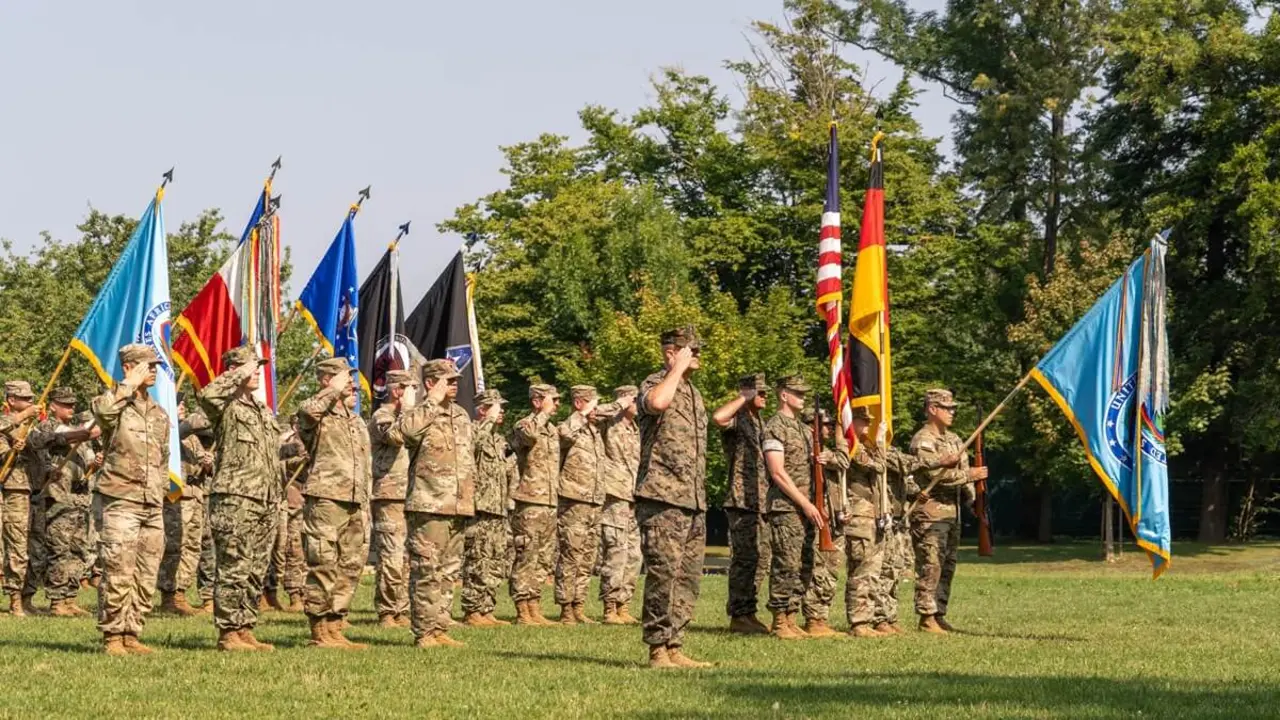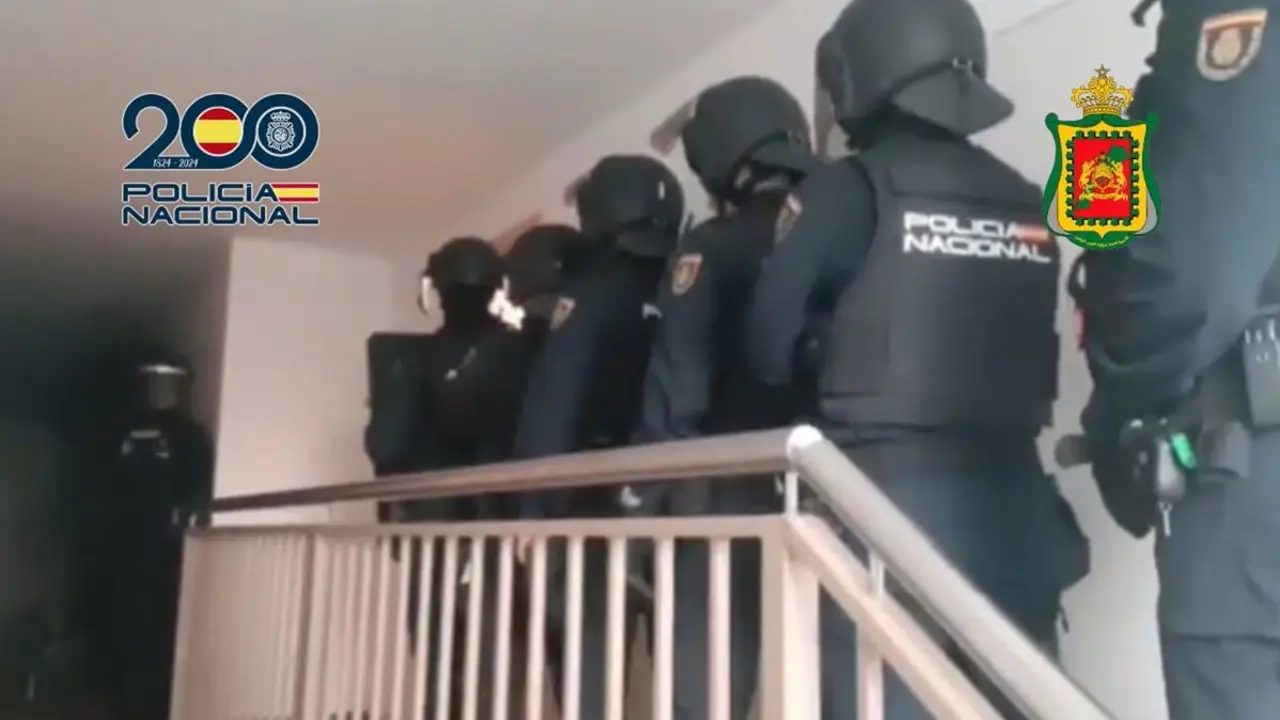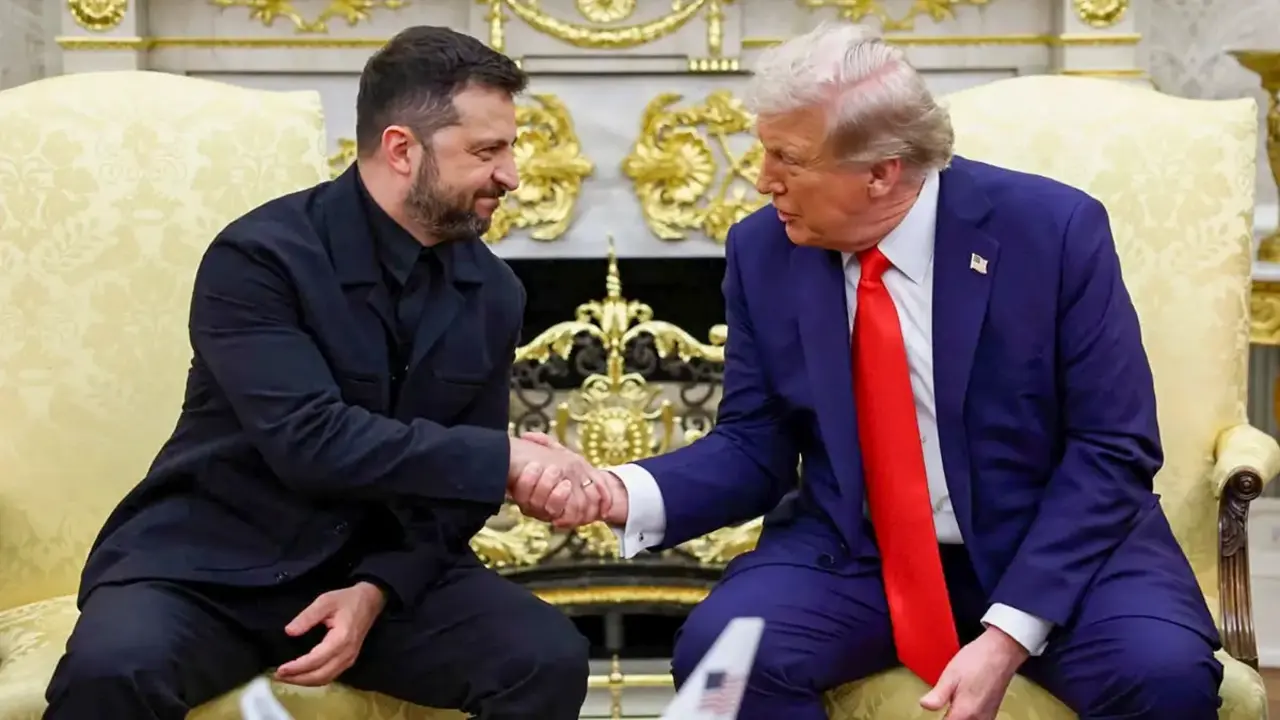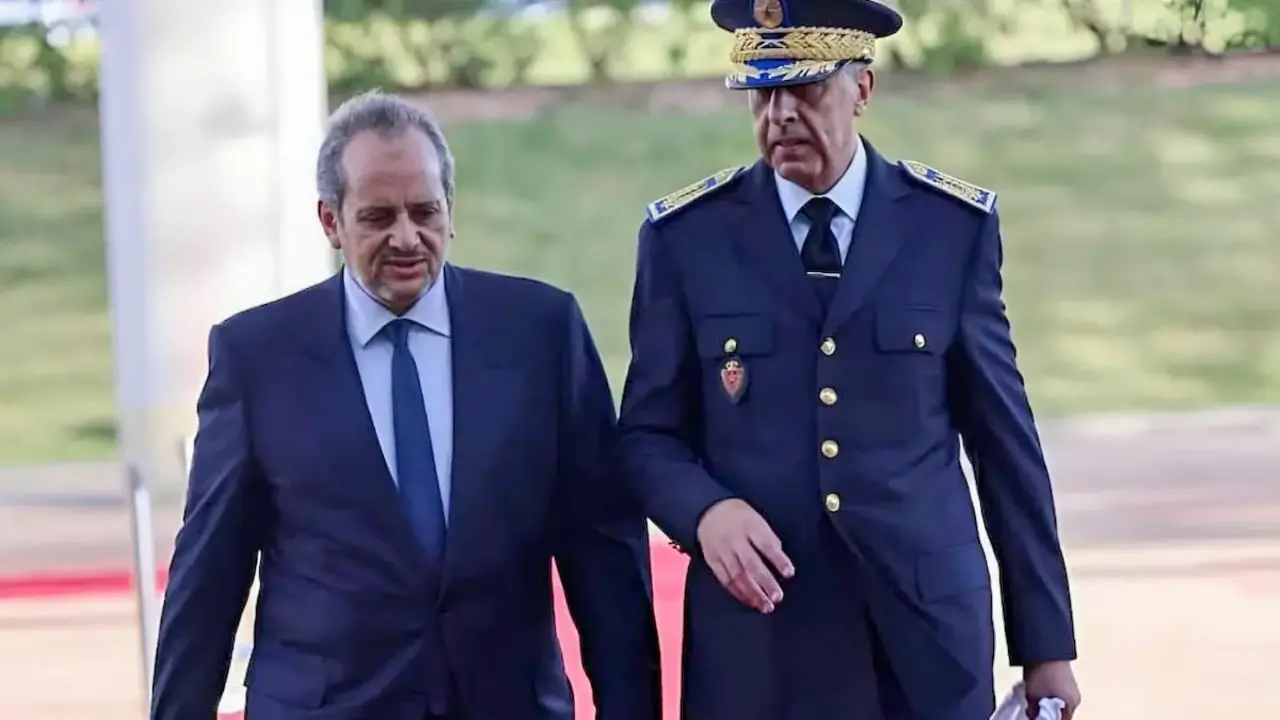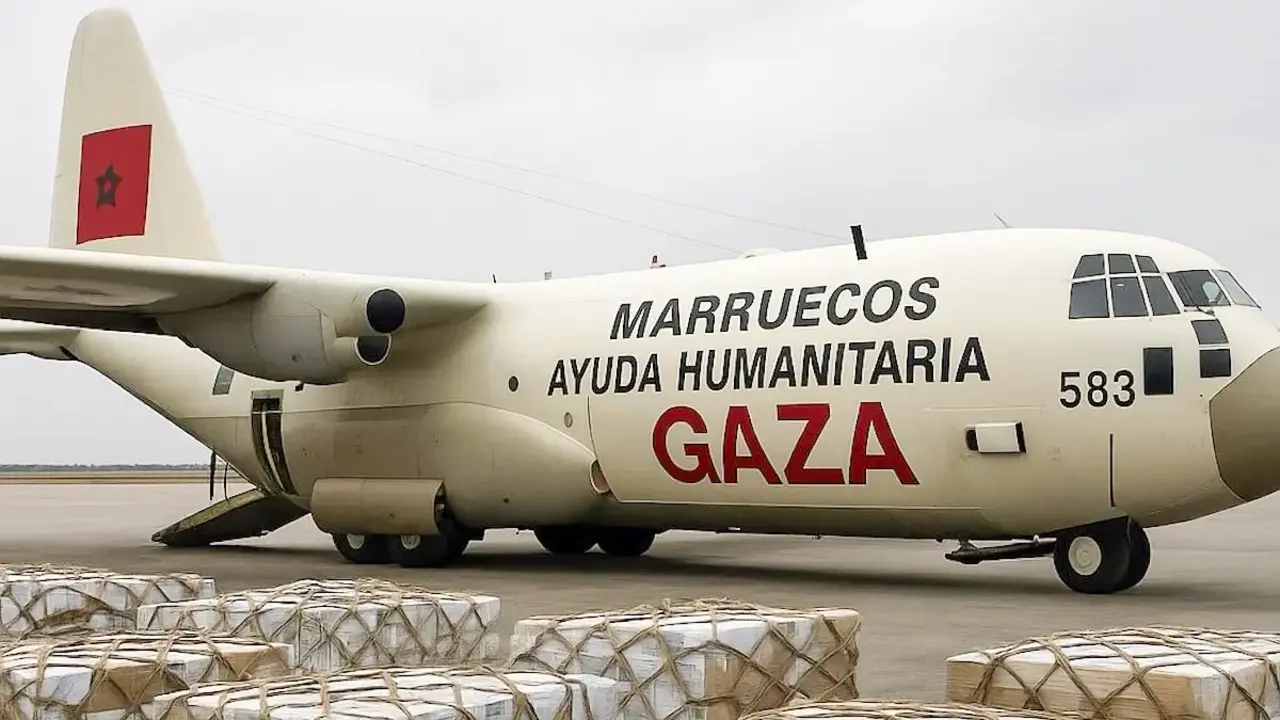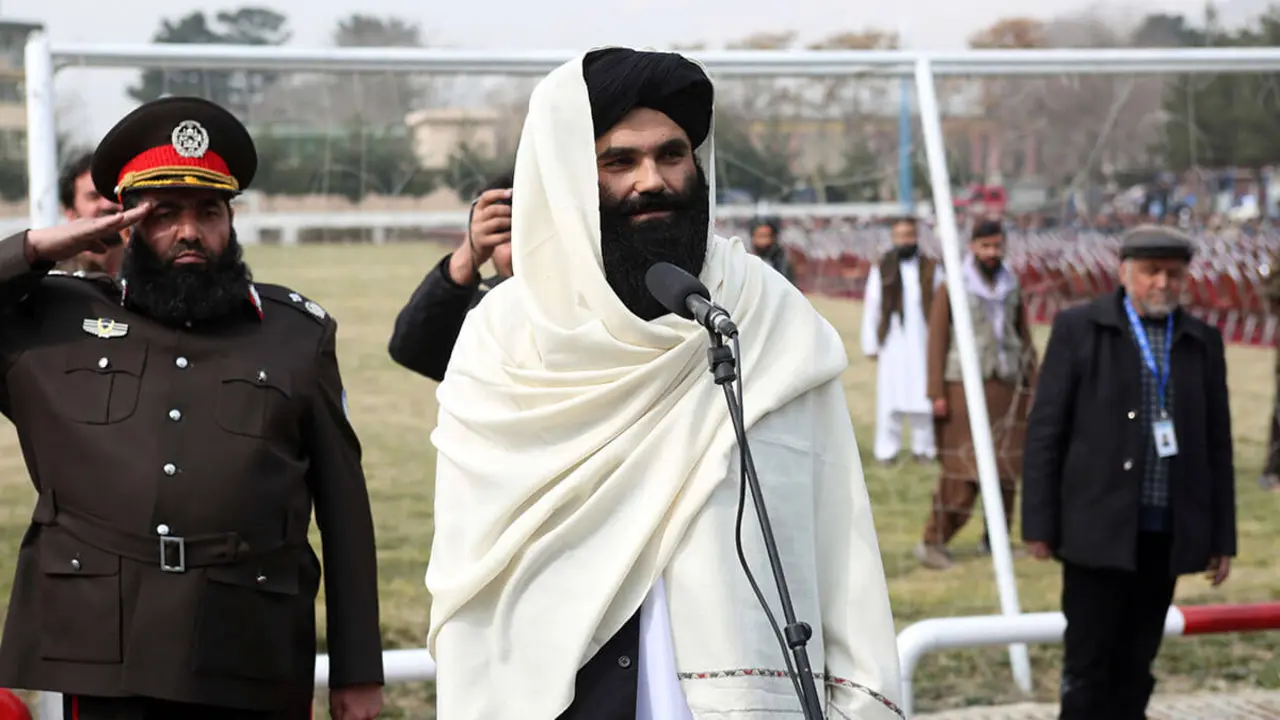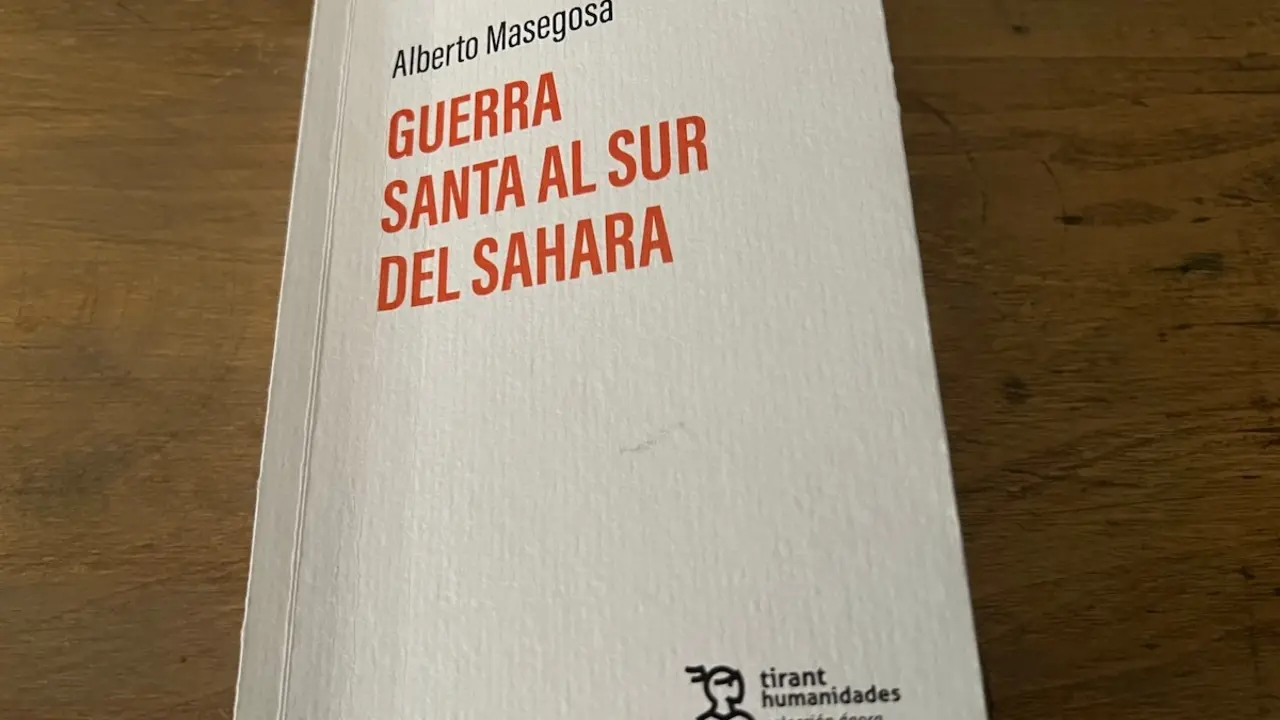Gaza truce talks continue in Qatar after first day of talks ended without progress
This Friday, 16 August, talks are continuing in Doha (Qatar) to try to reach a truce in Gaza
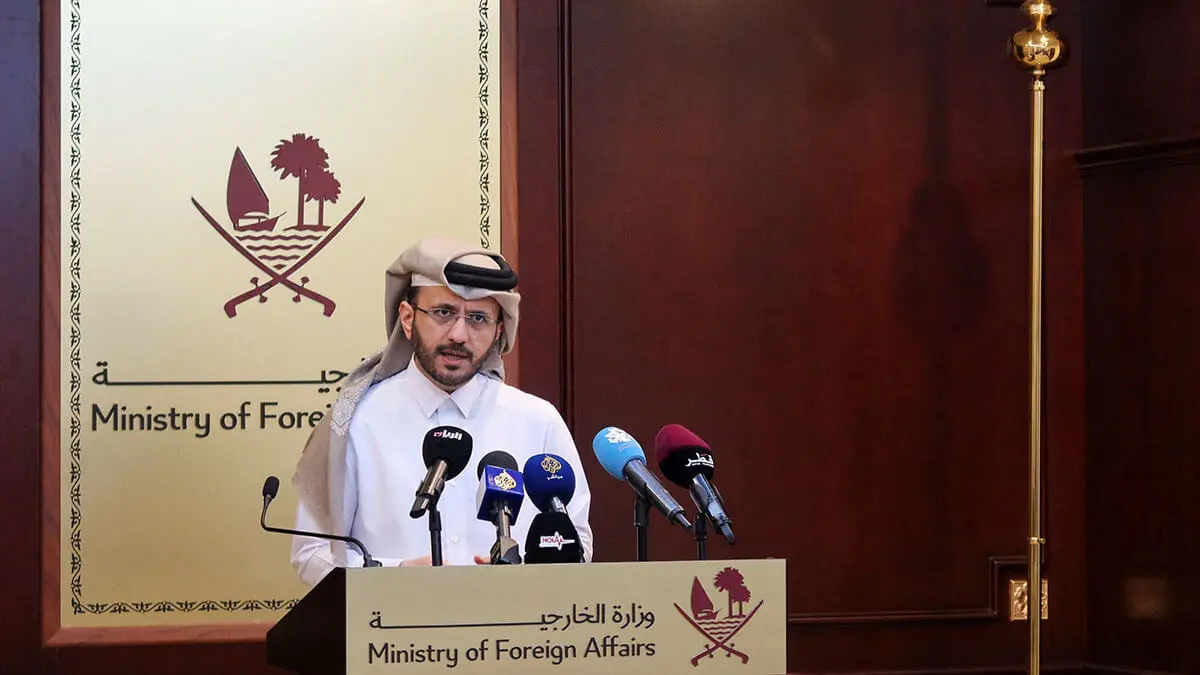
The first day of talks to achieve a ceasefire in Gaza, after 10 months of attacks, was held last Thursday, 15 August, in Doha, the capital of Qatar.
- No Hamas
- No progress on the first day
- The Philadelphia Corridor
- Other points of contention
- The Biden plan
- Reactions
The most notable absence was that of Hamas representatives, who had already warned that they would not take part in the talks.
No Hamas
Hamas is currently led by Yahia Sinwar, a member of the most radical faction of the group, who has replaced Ismail Haniyeh, who was killed last July in an air strike in Tehran, Iran. Sinwar has already made it clear that he will not accept any agreement that is not based on the plan presented by US President Joe Biden.
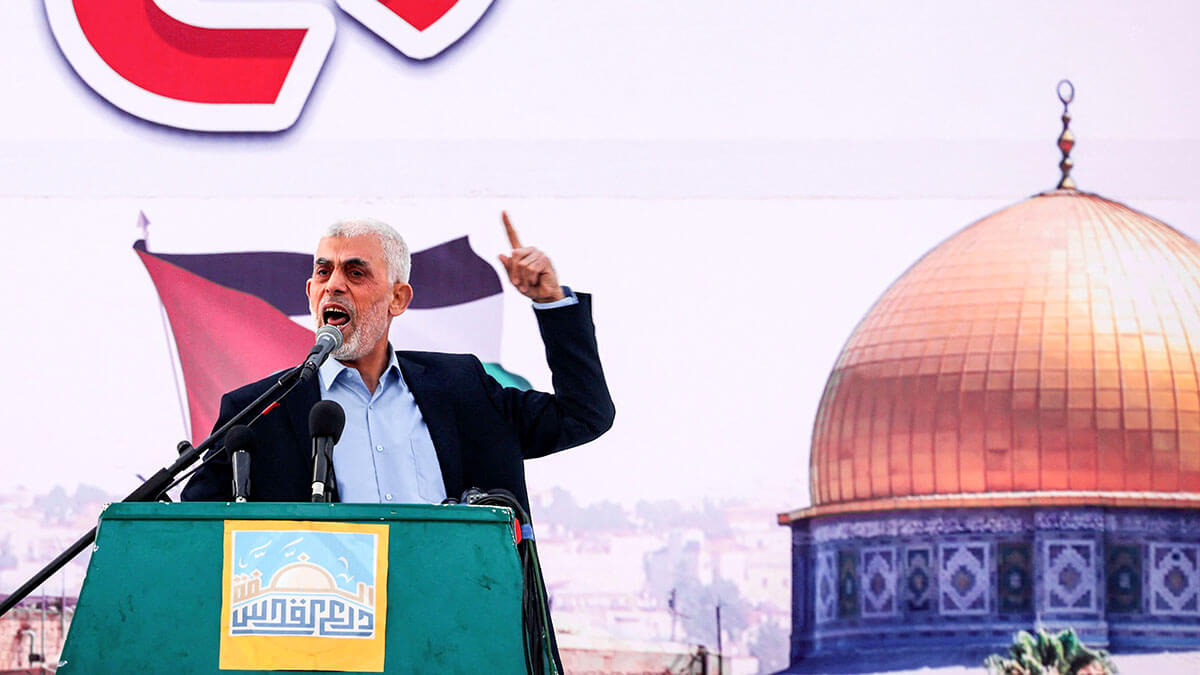
In light of this absence, the Doha talks include representatives of the Qatari government, the host, Egypt, the United States and Israel. The Israeli delegation is led by David Barnea, the current head of Mossad, Israel's intelligence agency.
No progress on the first day
No progress was made on the first day and no agreement was reached. Qatari Foreign Ministry spokesman Majed Al-Ansari announced that the talks would resume on Friday 16 August.
Despite the lack of agreement, participants made it clear that this was not a failure, and that hopes for progress in the negotiations remain pinned on the second day, when the outstanding points of the Gaza Strip ceasefire agreement and the Israel-Hamas prisoner exchange will be discussed.
The Philadelphia Corridor
Among the main areas of disagreement is the debate over the mechanism of a ‘permanent’ ceasefire and the end of the war.
Israel insists on maintaining control over the so-called Philadelphi Corridor or Salah al-Din Axis. This is a 14-kilometre-long strip of land that runs along the Gaza Strip's border with Egypt.
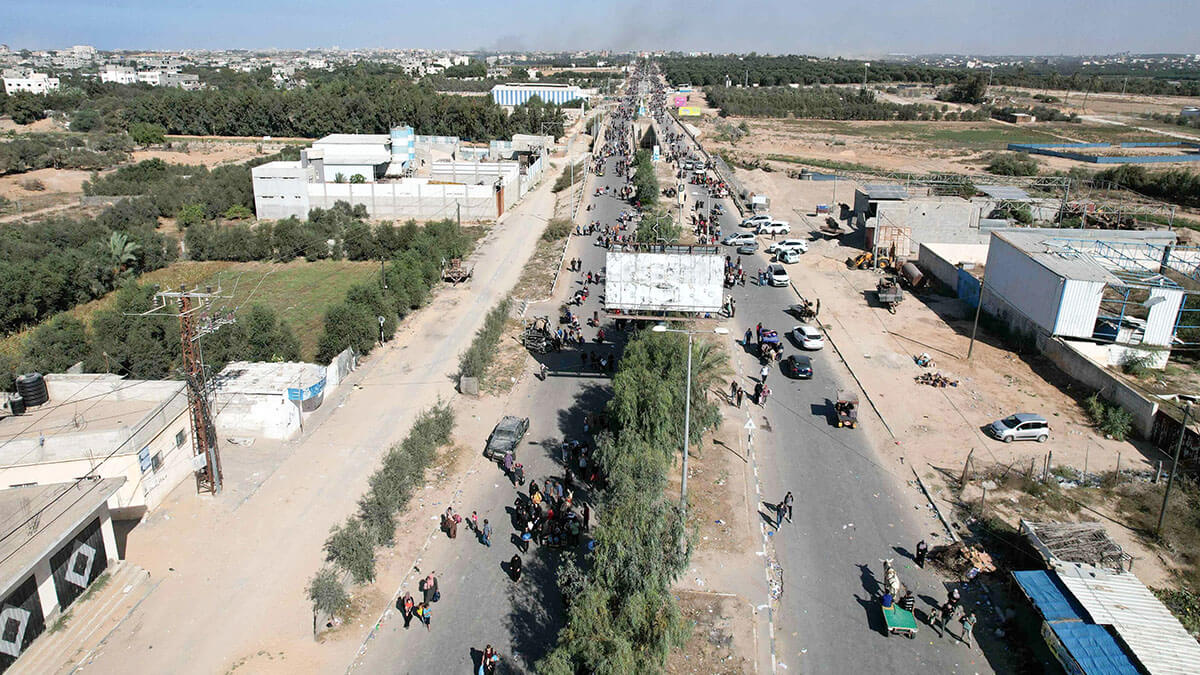
This zone is a buffer zone established by the 1979 peace treaty between Egypt and Israel, whereby the Cairo government recognised the existence of the Jewish state in exchange for Israel ending its occupation of the Sinai, which allowed the Suez Canal, under Egyptian control, to be reopened.
The establishment of this security zone on the Gaza-Egypt border was intended to stop the movement of arms and people between the two territories. Israel now wants to control it to prevent Hamas from using Israeli military equipment left in the area, and to control the Rafah crossing, which is the only connection to the outside world that Israel does not yet control.
Other points of contention
In addition to the status of the Philadelphi Corridor, there are other points of contention between the parties. For example, Israel's veto of Hamas's request for the release of Palestinian prisoners sentenced to life imprisonment.
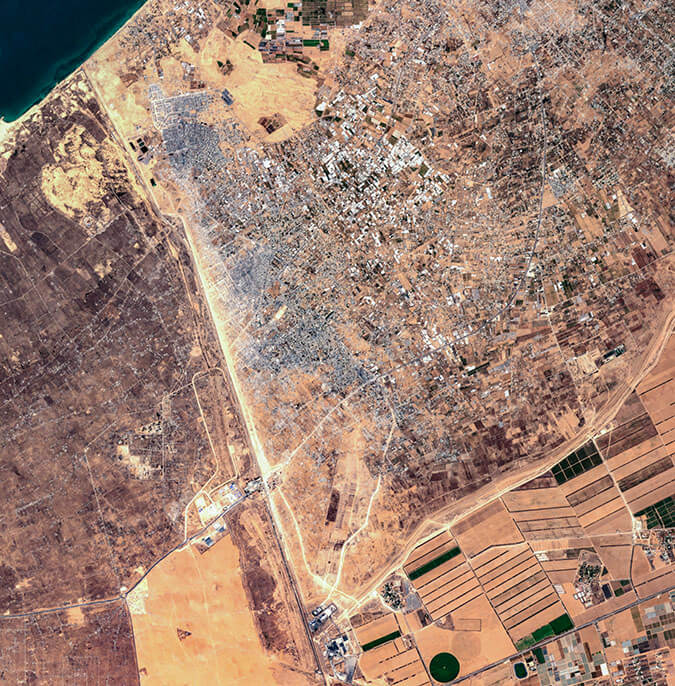
For its part, Hamas rejects Israel's demand that those returning to northern Gaza be screened and links any ceasefire agreement to Israel's full withdrawal from the Gaza Strip.
Israel also wants to know the names of all Israeli prisoners held in Gaza, an issue that seems complicated, as Hamas argues that many of them are being held by various Palestinian armed factions.
The Biden plan
The Doha negotiations take as their roadmap the plan announced by US President Joe Biden on 31 May. The plan consists of three phases. In the first phase, there will be a total and complete ceasefire, lasting at least six weeks, in which Israeli troops will withdraw from certain areas of Gaza.
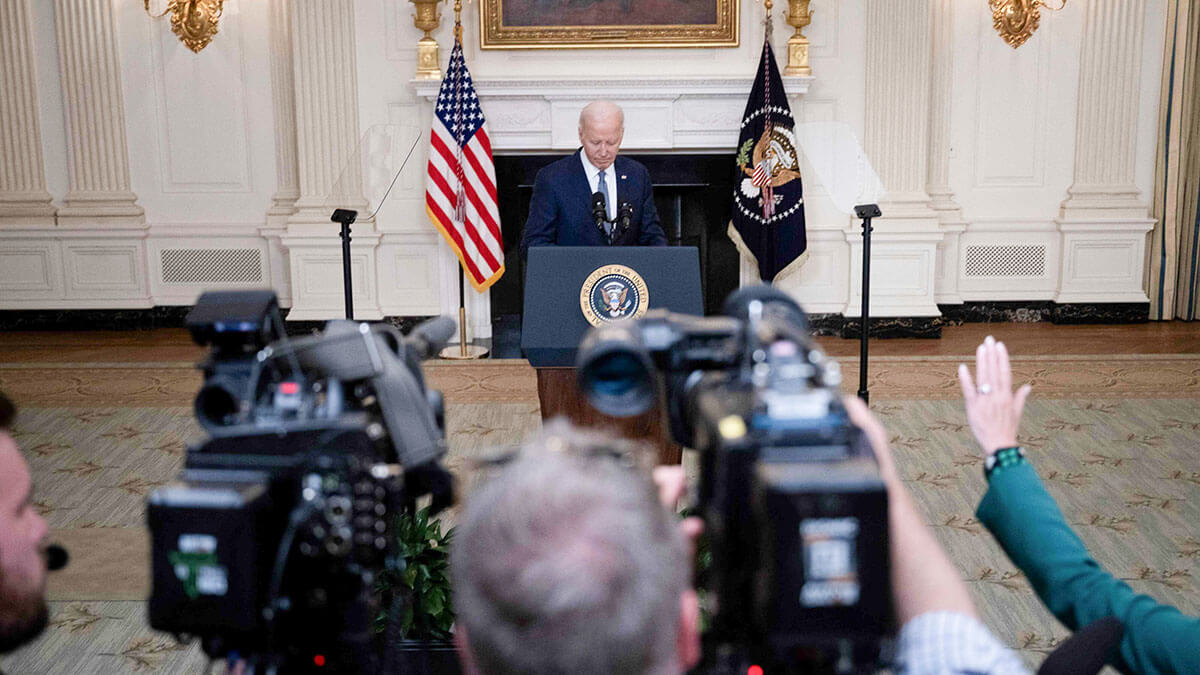
This first phase also includes the release of an unspecified number of hostages, including women, the elderly and the wounded, in exchange for the release of hundreds of Palestinian prisoners, as well as the implementation of humanitarian aid, with a daily flow of up to 600 trucks.
The second phase envisages a permanent end to hostilities, with the release of the remaining Israeli hostages, including soldiers, and the full withdrawal of Israeli forces from Gaza.
Finally, the third phase includes the implementation of a major reconstruction plan for Gaza, involving Arab nations and the international community, in which Israel would obtain guarantees that Hamas would not be able to rearm.
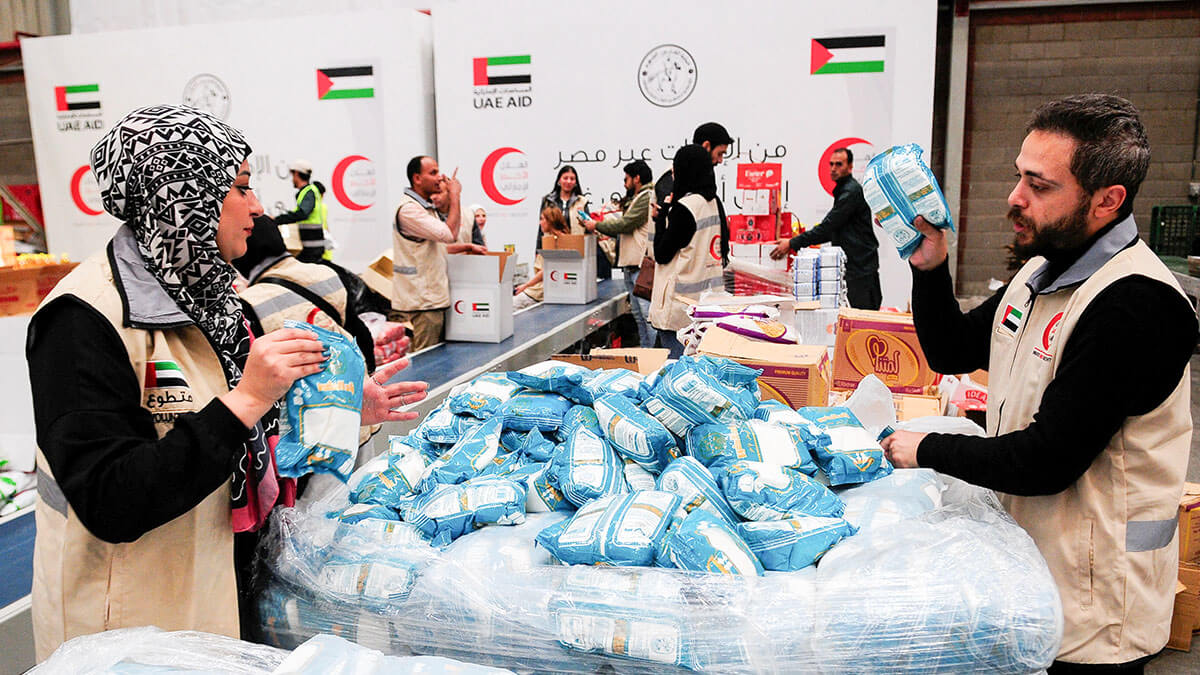
The US president presented this plan as a consensus document with Israeli Prime Minister Benjamin Netanyahu. But within hours of making it public, Netanyahu himself disassociated himself from the plan and publicly rejected it, due to pressure from the most radical sectors of the Israeli government.
Reactions
The United States is optimistic about the talks in Doha on a possible truce in the Gaza Strip. US National Security Council spokesman John Kirby described the start of negotiations as ‘encouraging’ and said that ‘the remaining obstacles can be overcome and we must bring this process to a conclusion. We need to talk about the release of hostages, aid for Palestinian civilians in Gaza, security for Israel and reducing tension in the region, and we need to see these things through as soon as possible.
While Kirby did not provide details of the Doha talks, he made clear that "we have reached a point where the framework has been generally accepted and the gaps lie in the implementation of the agreement".
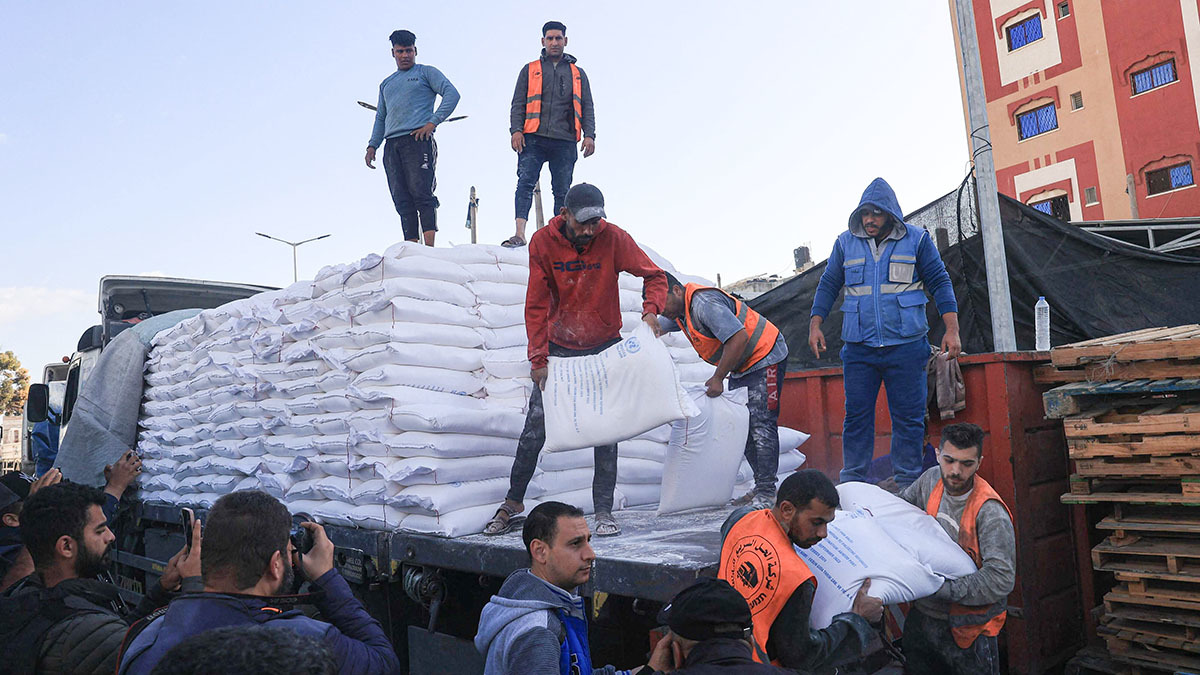
Hamas leader Bassem Naim told AFP that ‘our position is clear. We will not go to a new round of negotiations. We will only go to implement what has been agreed’.
Following the conclusion of the first day of negotiations on Thursday night, 15 August, Hamas confirmed that any ceasefire agreement in Gaza must include a full withdrawal of Israeli forces from the Strip.
For Hossam Badran, a member of the Hamas Political Bureau, "any agreement must achieve a comprehensive ceasefire, a complete withdrawal from Gaza and the return of displaced persons".


